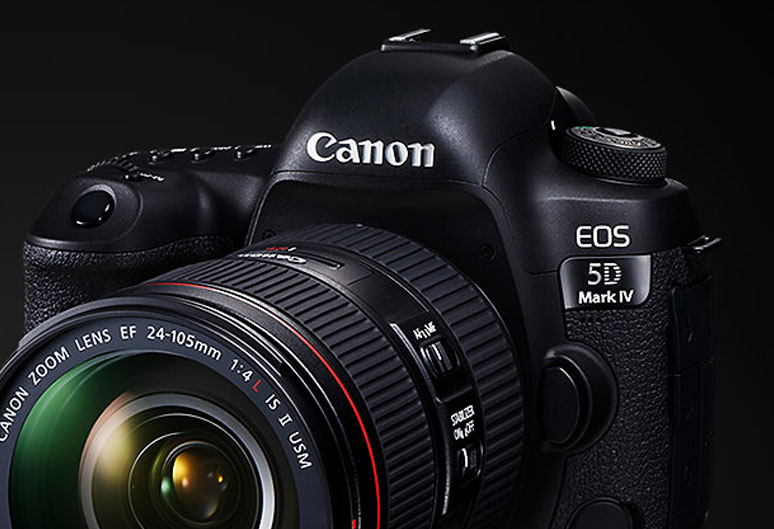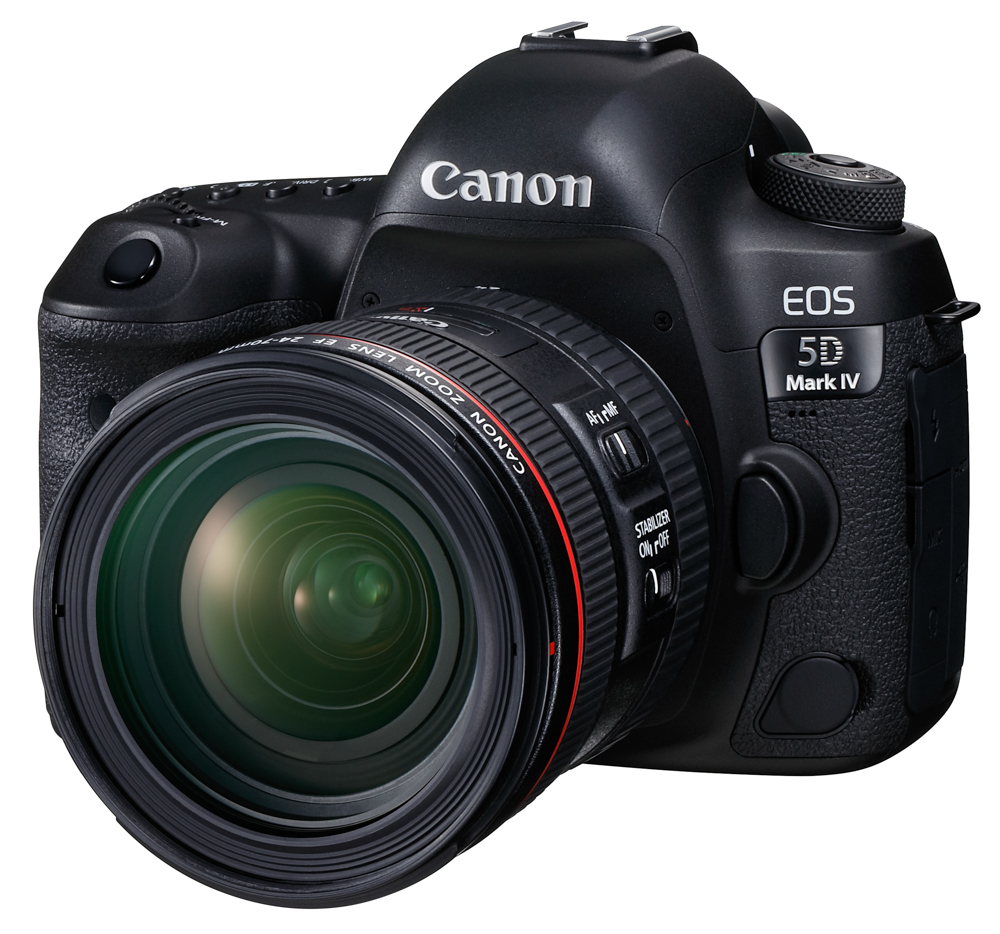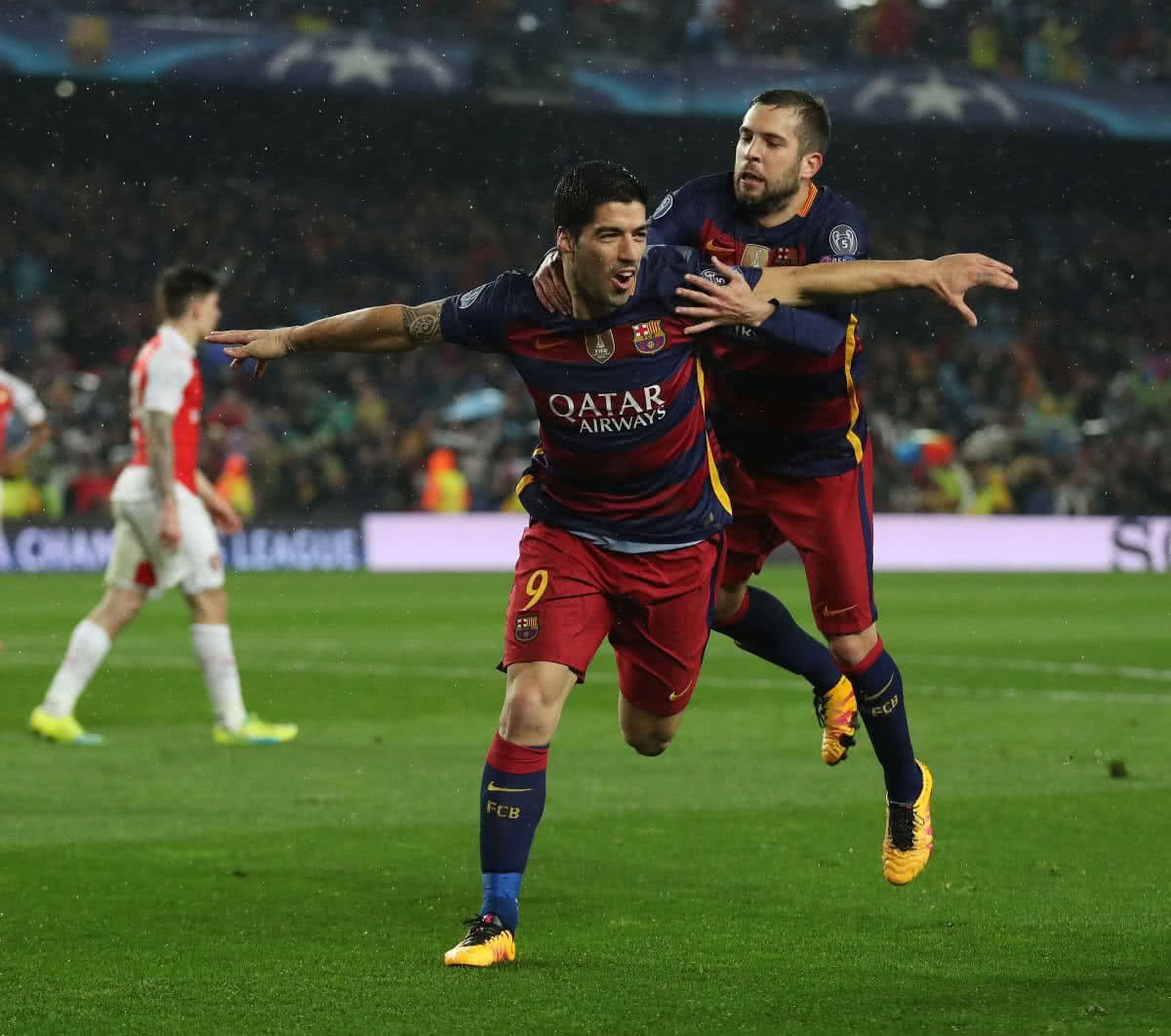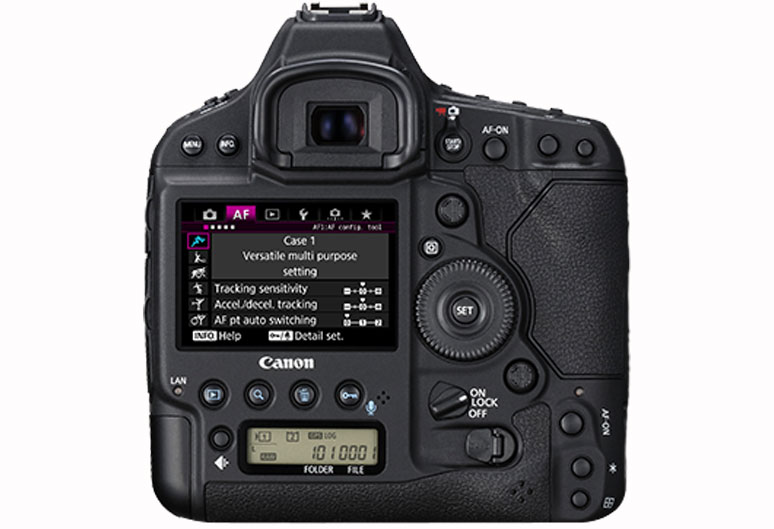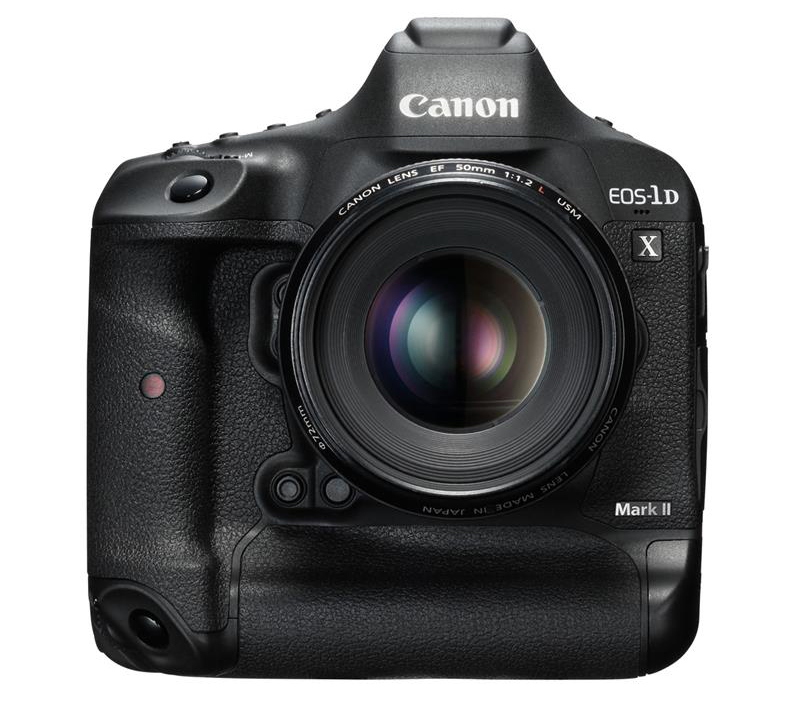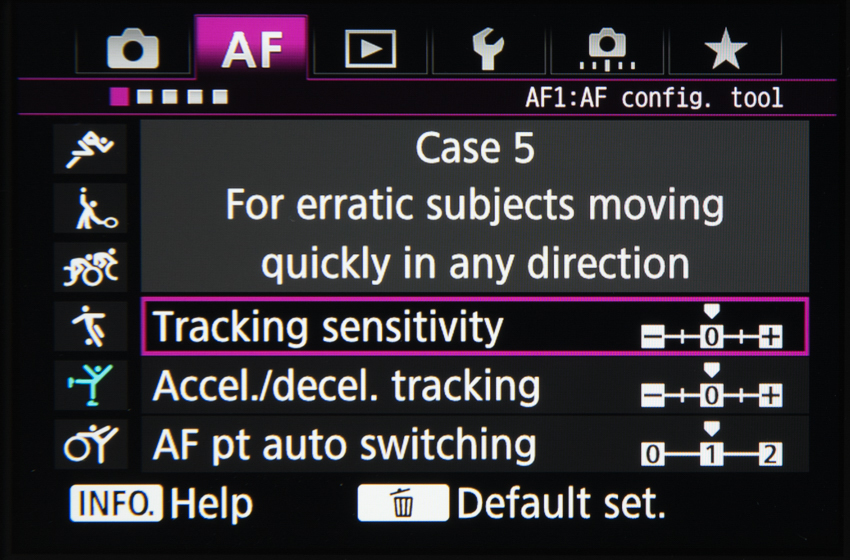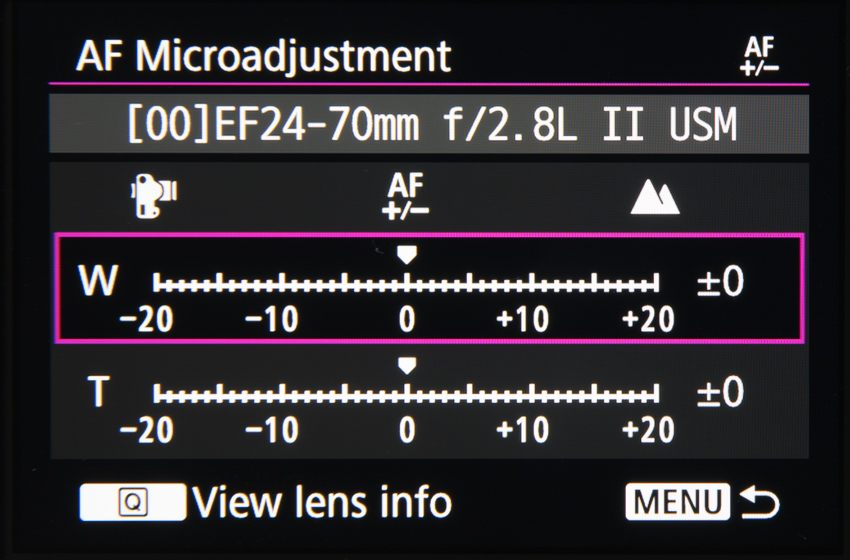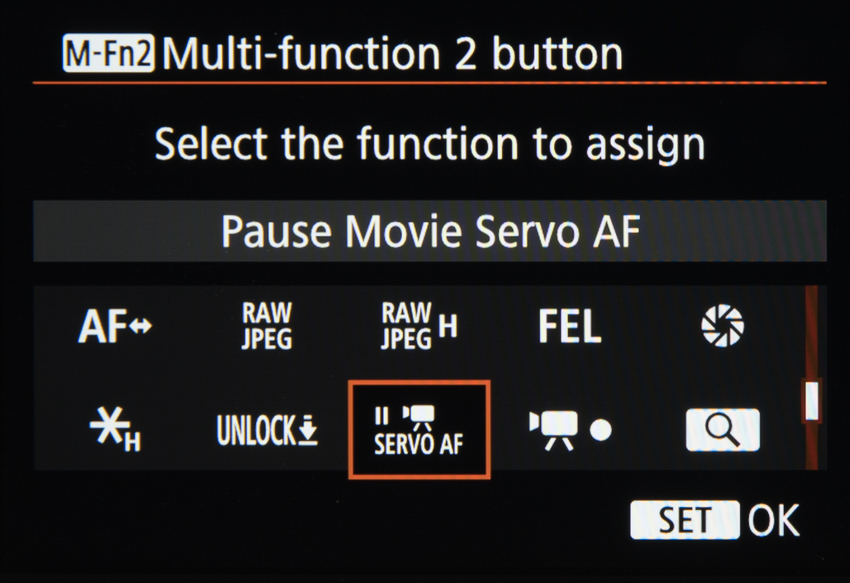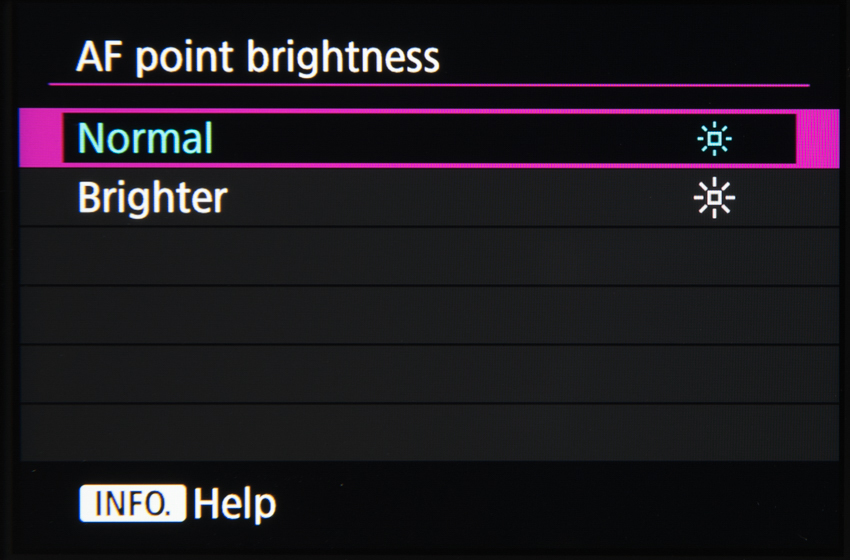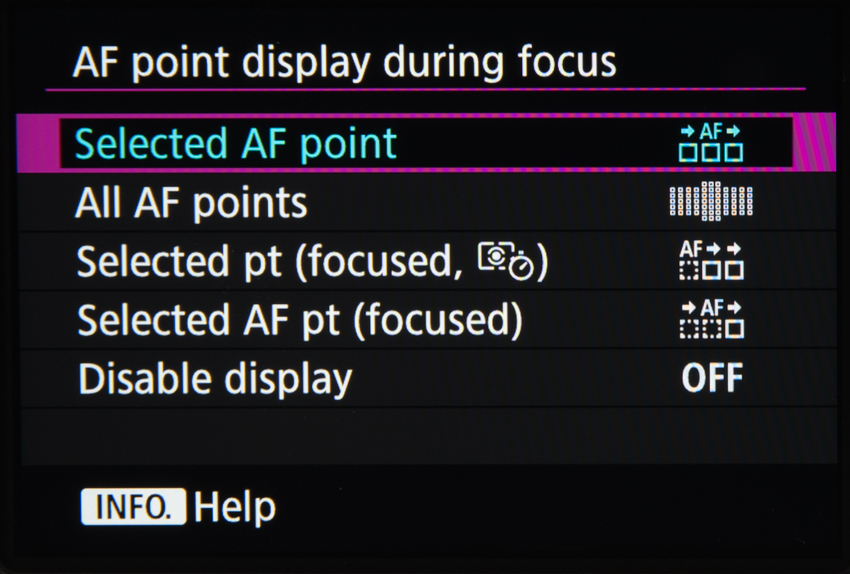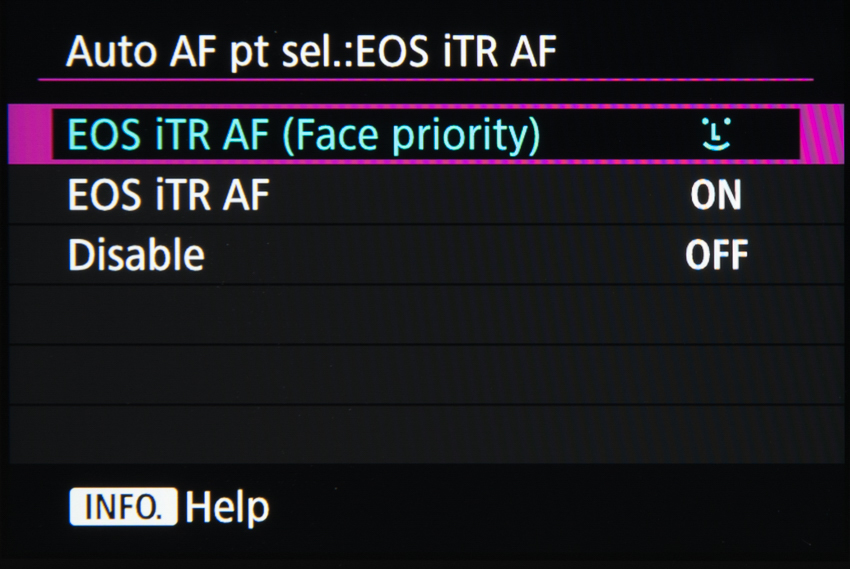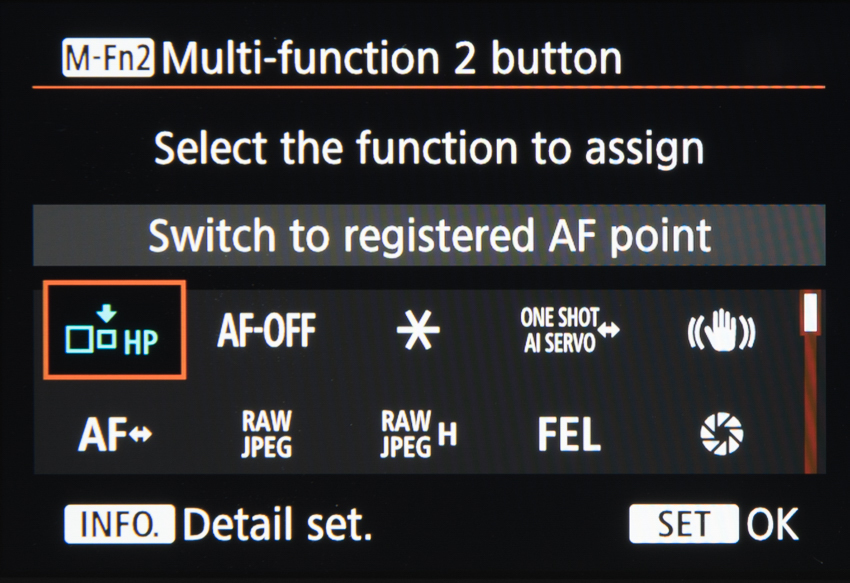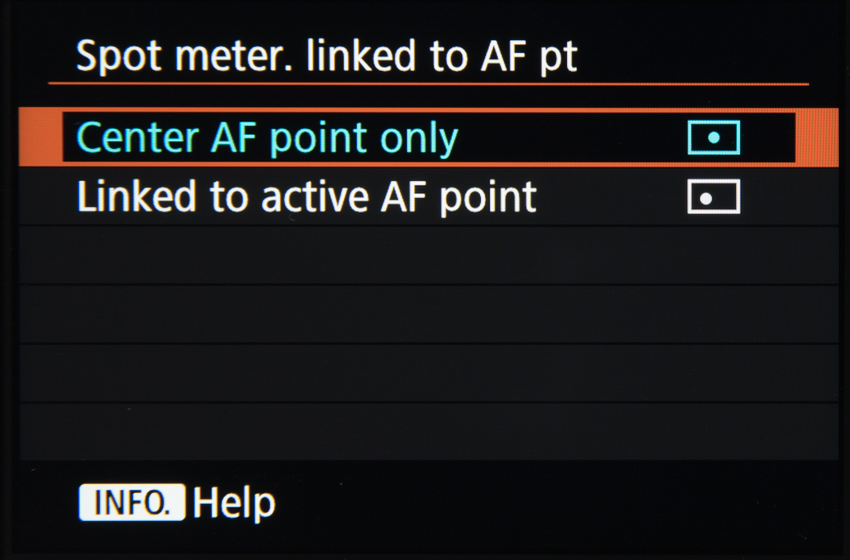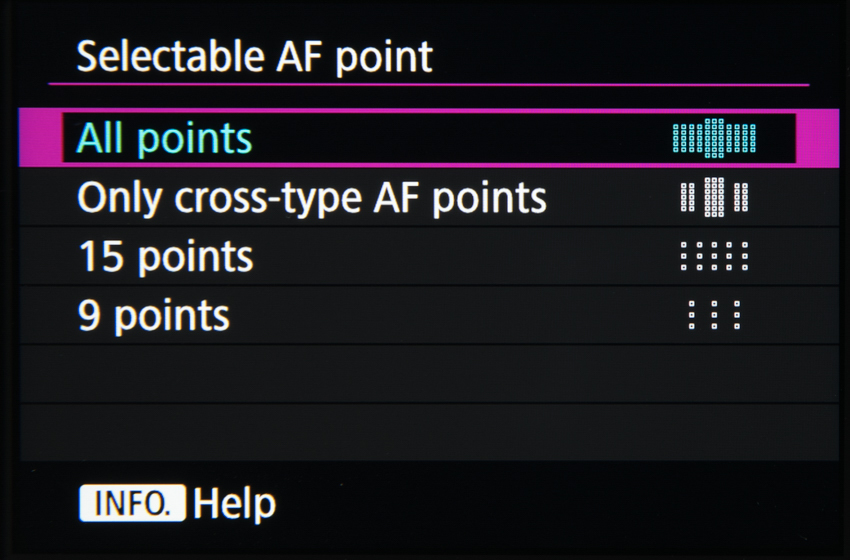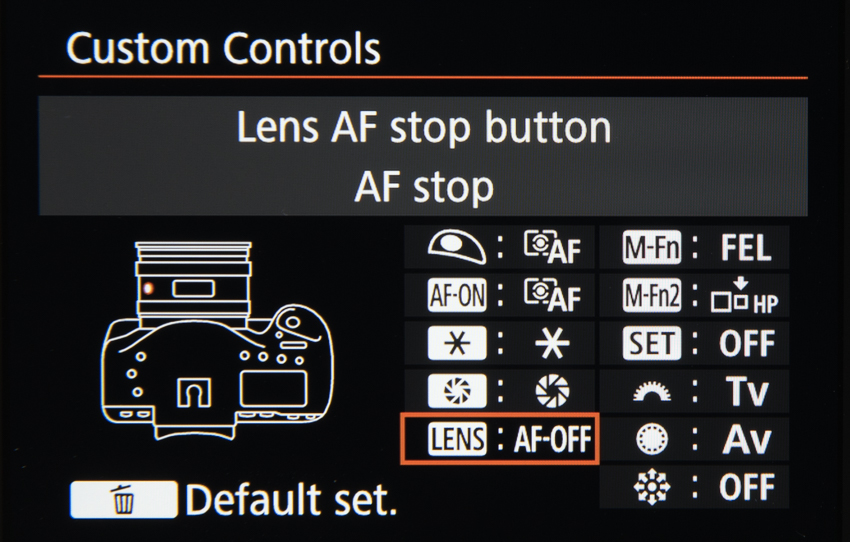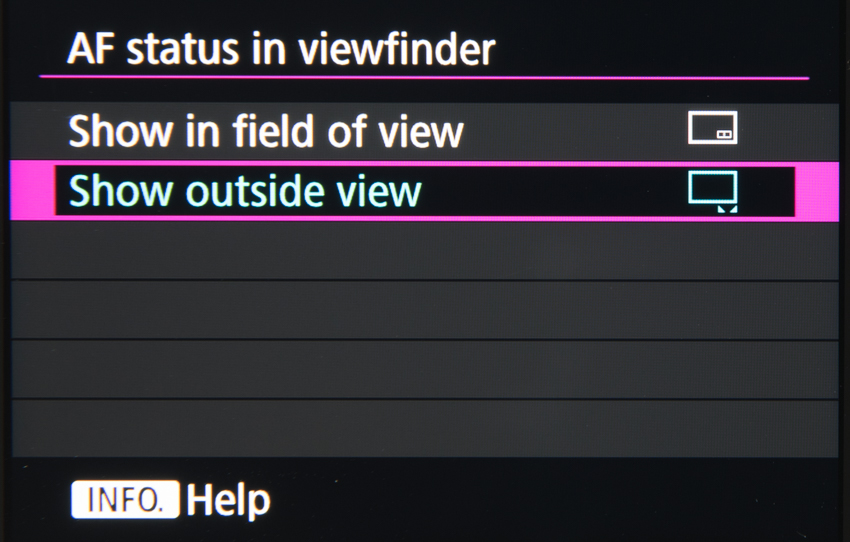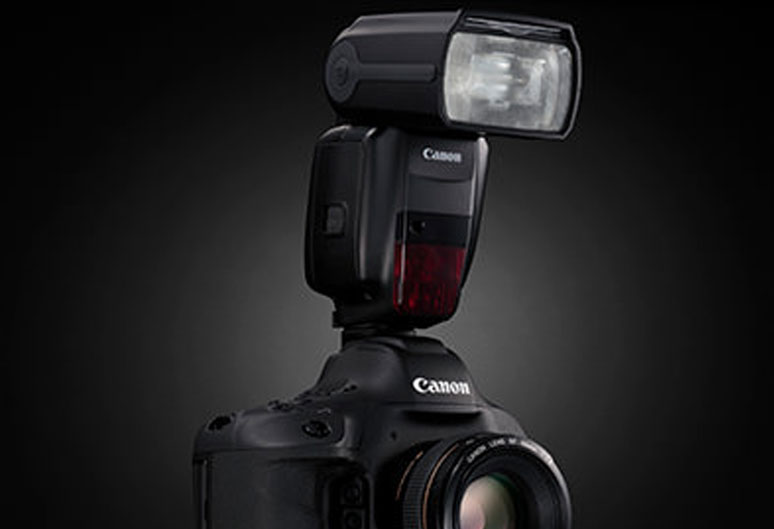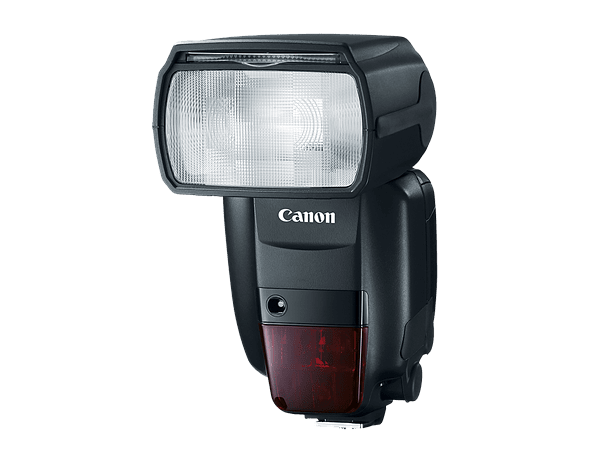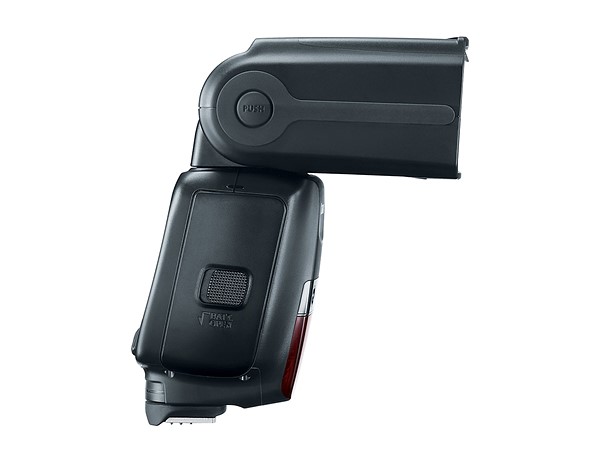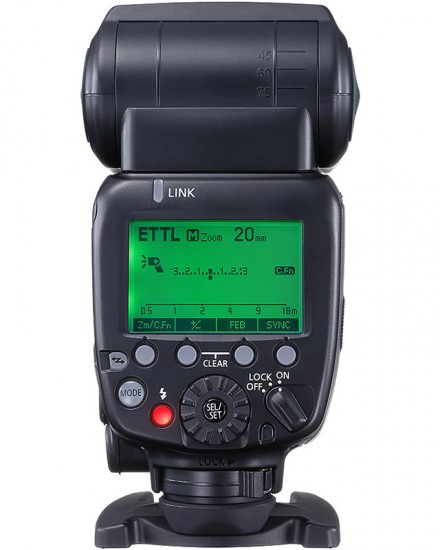The Canon EOS 5D Mark IV arrives with a new 30.4MP sensor and 4K video
Canon has refreshed its successful EOS 5D DSLR line with the EOS 5D Mark IV.
Basic feature updates
The new model is a direct successor to the popular EOS 5D Mark III and whilst it shares that model’s form and build, Canon has furnished the new body with a wealth of new and expanded features – some seen in the recent flagship EOS-1D X Mark II.
The EOS 5D Mark IV debuts a 30.4MP full-frame CMOS sensor, which Canon claims has a wide exposure latitude. This works across a native sensitivity range of ISO 100-32,000, with extended settings either side to ISO 50- and ISO 102,400-equivalent options respectively. This is paired with Canon’s DIGIC 6+ processing engine, whose noise reduction algorithm has been enhanced over previous engines for better image quality.
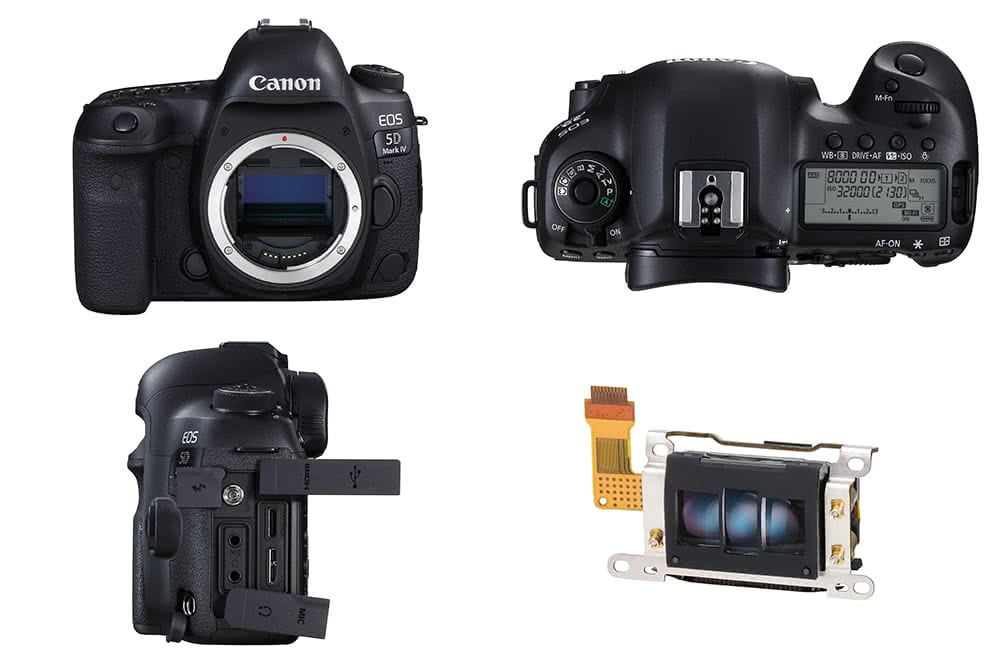
Auto Focus and Metering
Perhaps the most interesting new addition is a Dual Pixel Raw mode. This uses the same technology behind the Dual Pixel CMOS AF feature (also included) to allow the photographer to adjust the point of sharpness after the images have been captured. It’s also possible to shift out-of-focus highlights and to reduce ghosting effects when using Canon’s Digital Photo Professional software program.
As with the EOS 5D Mark III, the camera features a 61-point AF system (above, bottom right) that includes 41 cross-type points, with five of these dual cross-type with a sensitivity of fƒ/2.8. The points themselves are said to occupy a broader area of the frame than before, with sensitivity down to -3EV as standard and -4EV when using live view. 21 of these remain cross-type at f/8, which means they are still as effective when using certain telephoto lenses in conjunction with Canon’s Extenders.
A 150k-pixel RGB+IR metering sensor, which appears similar to the version included in the EOS 5DS and 5DSR but works with its own DIGIC 6 processing engine, has also been included. This uses 252 separate zones for scene analysis and is said to help the camera better detect subjects and track them more effectively as they move around the frame.
Video
The 5D mark IV is the third Canon EOS DSLR to date to offer 4K video recording, after the EOS-1D X Mark II announced earlier in the year and the EOS 1DC which was built on a 1DX chassis and part of the Cinema EOS lineup. This release makes 4K from a Canon system much more affordable, in a lighter body, than any previously available from Canon.
The 5D mark IV records DCI 4K (4096 x 2160) footage at frame rates of 24, 25 and 30fps, with 4:2:2 chroma subsampling and 4:2:0 subsampling when recording in one of the camera’s HD formats (which record at up to 120fps). It’s also possible to output uncompressed footage through the camera’s HDMI mini port, although only at a full HD resolution, while individual frames at an 8.8MP resolution can also be extracted from 4K footage.
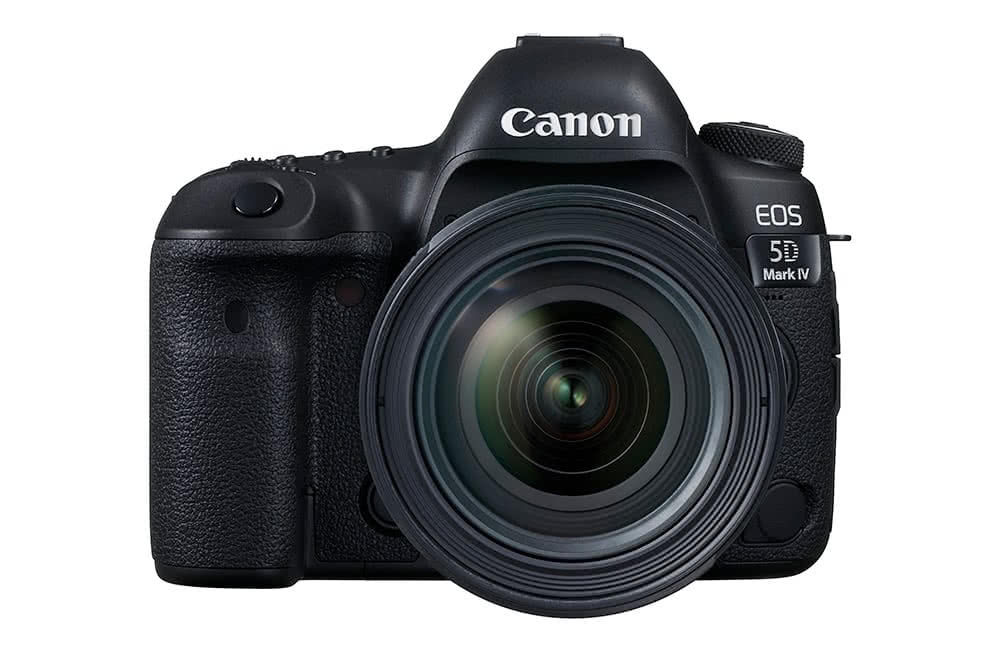
Display & Controls
Canon has upgraded the camera’s rear LCD from the 3.2in, 1.04million-dot version found on the EOS 5D Mark III. While the display maintains the same dimensions as before, it sees its resolution jump to 1.62million dots. Not only that, but touchscreen functionality has also been incorporated to facilitate focus-point selection and more.
As with previous models, the user is also able to customise the Quick Control Screen to their liking, and it’s also now possible to adjust the tone of the LCD in addition to its brightness.
The pentaprism viewfinder, meanwhile, has been left unchanged from the EOS 5D Mark III, with frame coverage of approximately 100% and a 0.71x magnification, together with an eyepoint of 21mm.
Build and Connectivity
The camera, which has been constructed principally from magnesium alloy and polycarbonate, boasts dust and moisture protection and is equipped with two memory card slots, one for CompactFlash cards and the other for SD, SDHC and SDXC media. Wi-Fi and NFC has also now been included, as has a GPS system that records longitude, latitude and elevation. Canon has also now made it possible to embed IPTC metadata into images.
The EOS 5D Mark IV has been designed with a USB 3.0 port at its side, together with HDMI mini and flash-sync ports, while sockets for headphones and microphone are also included alongside. The remote port, which was previously included among these, has now been repositioned to the camera’s front plate.
Two new lenses have also been announced alongside the new model. The EF 24-105mm f/4L IS II USM is a second-generation version of the existing EF 24-105mm f/4L IS USM, with a four-stop Image Stabiliser on board and a weather-resistant construction, while the EF 16-35mm fƒ/2.8L III USM updates the nine-year-old 16-35mm fƒ/2.8L II USM. Additionally, Canon has announced the BG-20 battery grip. This has been constructed with the same level of weatherproofing as the camera, with duplicate vertical shooting controls and space for an additional LP-E6N or LP-E6 battery.
Canon EOS 5D Mark IV: Specifications
- 31.7MP full-frame CMOS sensor, 30.4MP effective, with optical low pass filter
- DIGIC 6+ processing engine
- ISO 100-32,000 (exp. to ISO 50 and 102,400)
- Dual Pixel Raw mode
- 61-point wide-area reticular AF system, including 41 cross-type points and 5 dual cross type points at fƒ/2.8
- AF Area Selection control
- 30-1/8000sec shutter speeds plus bulb
- Approx. 150k-pixel RGB+IR, 252-zone metering sensor
- 7fps burst shooting, up to 21 Raw frames or unlimited JPEGs
- 3.2in Clear View LCD II, 1.62million dots and touch sensitivity
- Pentaprism viewfinder, approx. 100% field of view, 0.71x magnification
- DCI 4K video (4096 x 2160), 30, 25, 24fps. Full HD up to 120fps
- 8.8MP Frame Grab from 4K footage
- Anti-flicker technology
- Wi-Fi and NFC
- GPS
- SuperSpeed USB 3.0
- Magnesium alloy body with polycarbonate, glass fiber prism cover
- Dual CompactFlash (up to UDMA 7) and SD/SDHC/SDXC (inc. UHS-I) slots
- Rechargeable LP-E6N battery (supplied), compatible with LP-E6
- Approx. 900-frame battery life
- 890g (including battery and memory card)
- 150.7 x 116.4 x 75.9mm

